The Varanasi Development Authority (VDA) has recently released a crucial set of guidelines aimed at safeguarding the oldest city’s heritage and ensuring the safety of its inhabitants. These guidelines specifically address the maintenance, repair, and reconstruction of approximately 440 old and dilapidated buildings in Varanasi, including those located within a 200-meter radius of the sacred Ganga River bank. The move comes in response to a tragic incident where two buildings collapsed in the Pancho Pandva area near Kashi Vishwanath Dham, resulting in the loss of a woman's life and injuries to eight others, including a woman constable.
VDA's Response to Recent Building Collapses
The unfortunate collapse of two buildings in one of Varanasi's most sacred and historic areas underscored the urgent need for clear, actionable guidelines to prevent such disasters. In response, the VDA has swiftly acted to raise public awareness about the norms governing the repair and renovation of old buildings. The guidelines are designed to ensure that any work carried out on these aging structures adheres to safety standards while respecting the cultural and historical significance of the area, especially within the sensitive 200-meter zone near the Ganga River.
Key Guidelines Issued by VDA
The VDA’s guidelines delineate the types of repair and renovation activities that can be undertaken without prior permission, as well as those that require formal approval from the authority. This clarity is intended to streamline the process for residents and property owners, ensuring that necessary repairs are conducted without unnecessary bureaucratic delays, while still upholding safety and preservation standards.
1. No Prior Permission Required for Minor Repairs: The VDA has specified that certain minor repair activities can be carried out without the need for prior authorization. These include:
- Cement plastering or partial repair of walls.
- Reconstruction of floors.
- Whitewashing and painting of buildings.
- Construction of septic tanks or soak pits.
- Installation of hand pumps.
- Renovation and repair of sewage lines, pipes, cables, or other equipment.
- Construction of necessary structures on terraces for solar energy generation.
These activities are generally considered routine maintenance and are essential for the upkeep of buildings, particularly those that are old or in a state of disrepair.
2. Prior Authorization Required for Major Repairs: For more significant renovation work, property owners must obtain prior authorization from the VDA. The types of activities that fall under this category include:
- Reconstructing walls or demolishing and reconstructing the entire building.
- Constructing parapets on roofs, balconies, or verandahs.
- Making internal changes to enhance utilization or to correct architectural defects, provided these changes do not exceed the existing floor area.
These guidelines are in place to ensure that any major structural changes do not compromise the integrity of the building or alter its historical or architectural significance.
3. Restrictions on New Construction: The VDA has made it clear that new construction projects within the 200-meter periphery of the Ganga River are not permitted unless they strictly adhere to the guidelines set forth by the municipal corporation. Furthermore, no changes to the external appearance of a building are allowed, ensuring that the historic character of Varanasi's old buildings is preserved.
4. Preservation of Current Use: The current use of any building must be maintained, and no unauthorized construction or change in use is permitted. This measure is particularly important in maintaining the cultural and functional landscape of Varanasi’s heritage zones.
Application Process and Compliance
To facilitate the process of repair and reconstruction, the VDA has provided a clear application procedure for property owners. Those seeking to undertake repairs or reconstruction within the 200-meter zone around the Ganga River must submit an application through the VDA’s website or help desk. The application must include:
- A map of the existing building.
- Ownership documents.
- Location details.
- Photographs of the building’s current state from all available directions.
- The letter issued by the municipal corporation.
- An affidavit affirming the accuracy of the submitted information.
Upon receipt of the application, a general site inspection by the concerned zonal officer and a junior engineer may be conducted to verify the details provided. The VDA has committed to resolving all applications within 15 working days, ensuring a timely response to all requests.
Enforcement and Contact Information
The VDA has emphasized the importance of adhering to these guidelines, noting that any unauthorized construction or deviation from the approved plans will result in action as per the applicable rules. Property owners and residents are encouraged to contact the VDA for any issues related to the application process or to report unauthorized activities.
Way Forward
The Varanasi Development Authority's proactive measures in issuing these dos and don’ts for old buildings are a critical step towards preserving the city’s historical and cultural integrity while ensuring public safety. By providing clear guidelines and a streamlined process for repairs and reconstruction, the VDA is helping to maintain Varanasi's unique architectural heritage, even as it addresses the challenges posed by ageing infrastructure. The initiative reflects a balanced approach to urban development, combining respect for tradition with the need for modern safety standards.

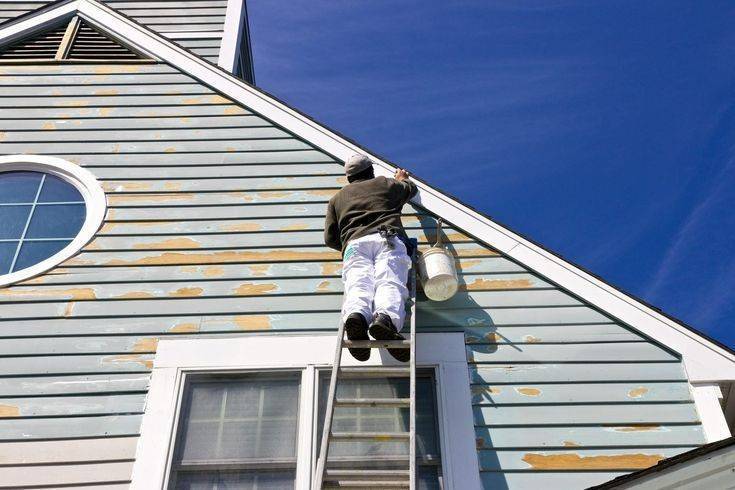
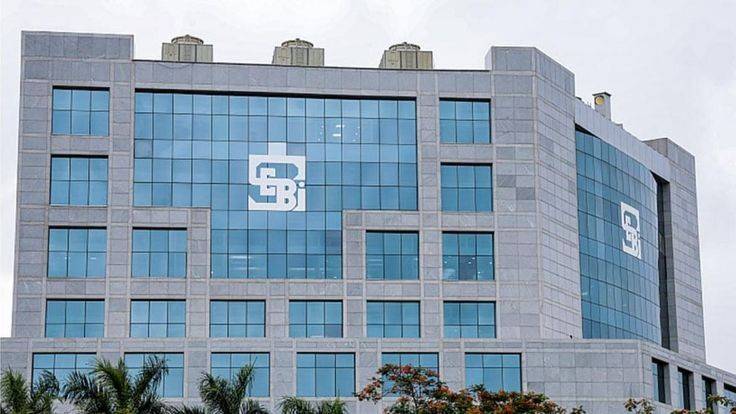
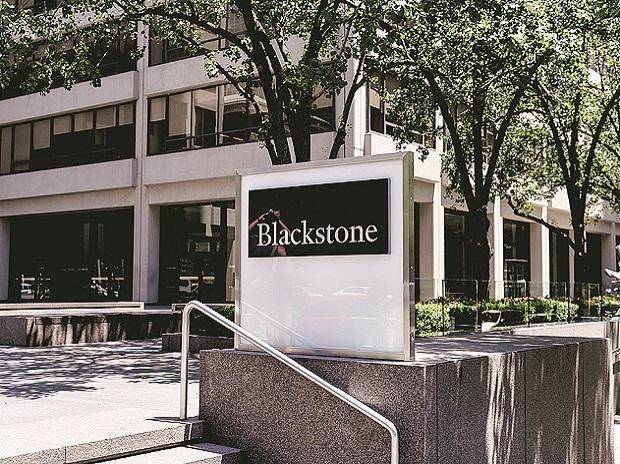
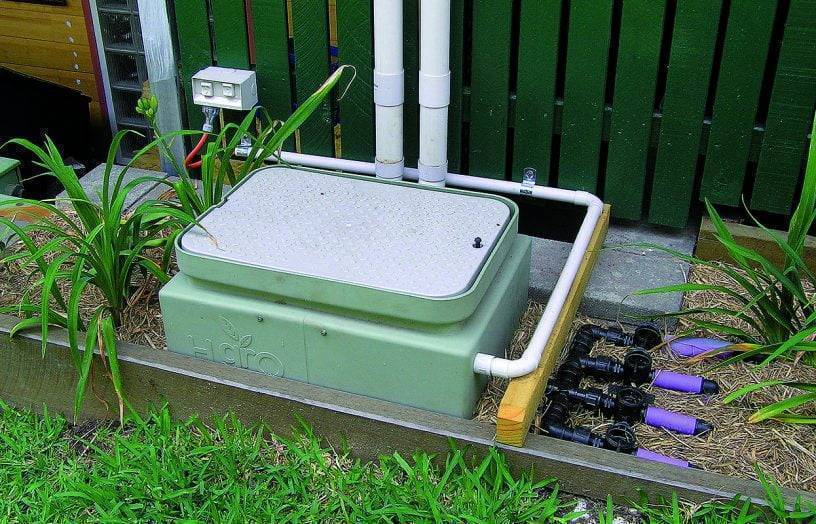
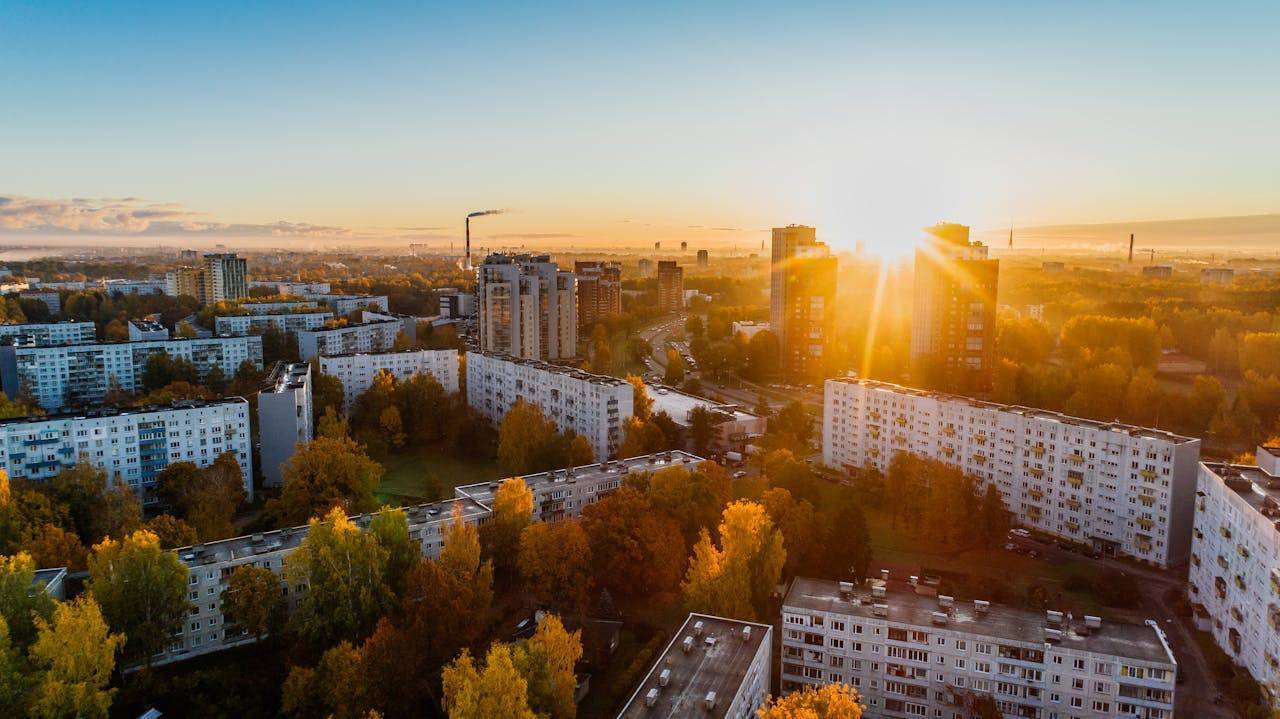

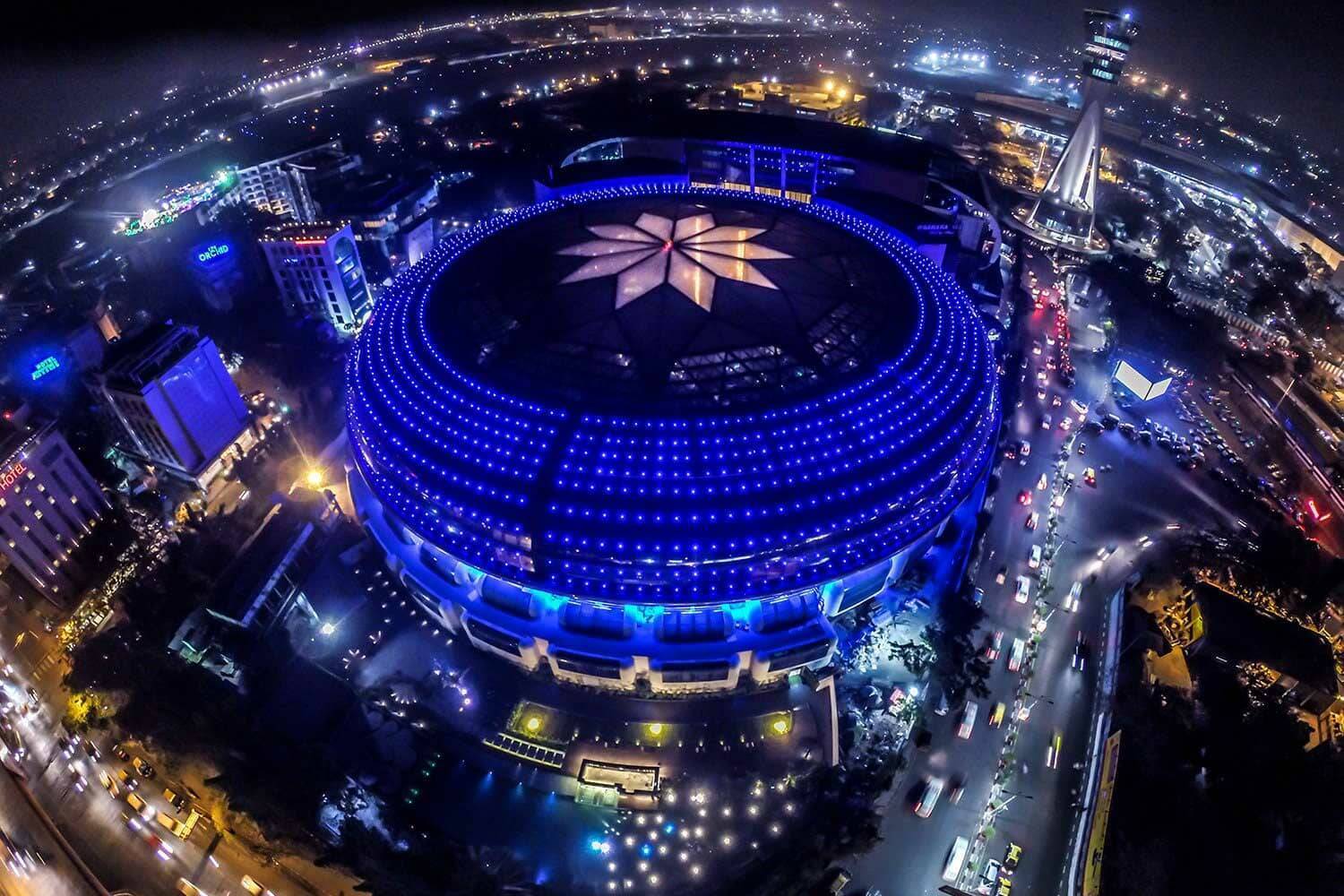
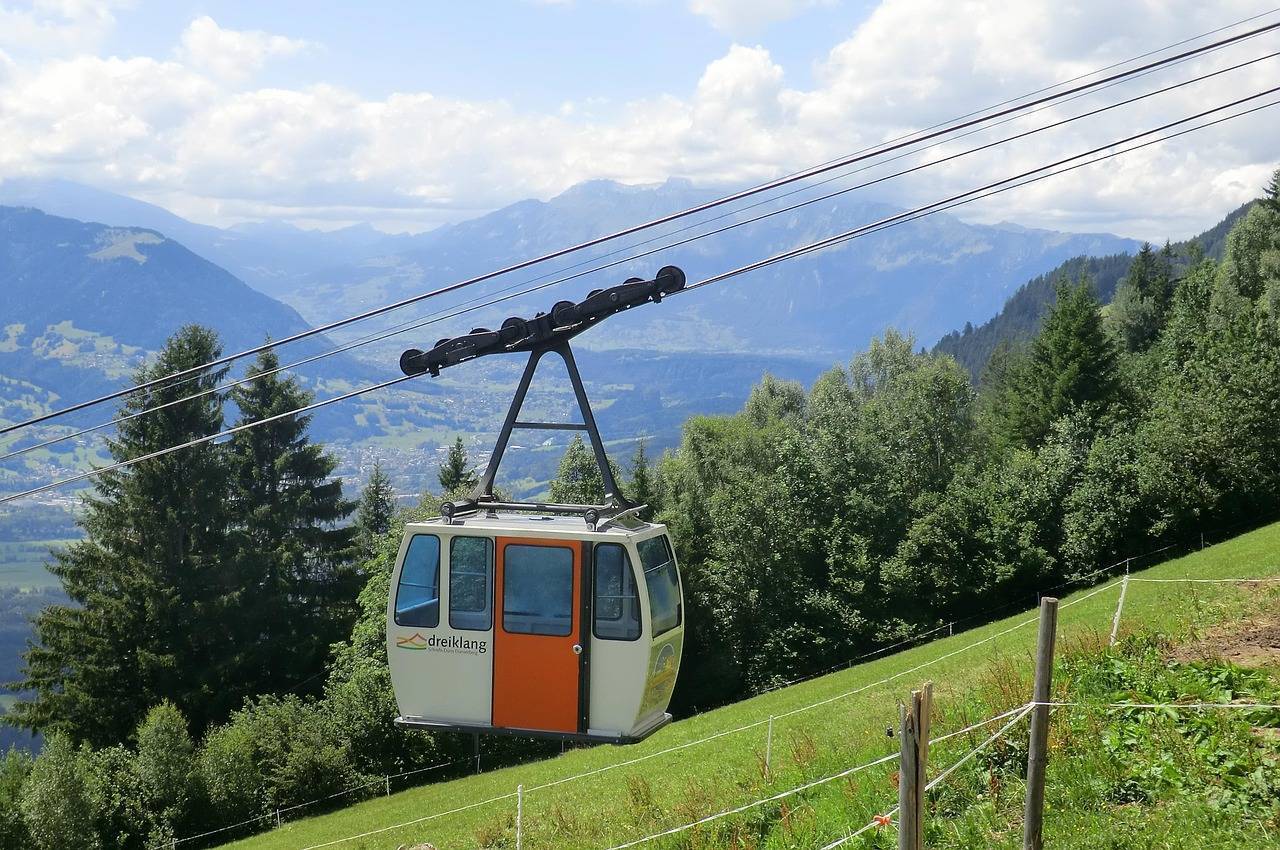
.png)